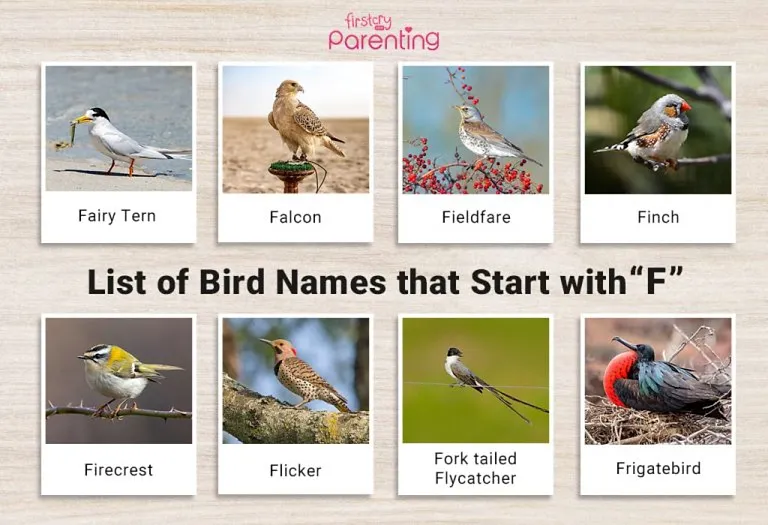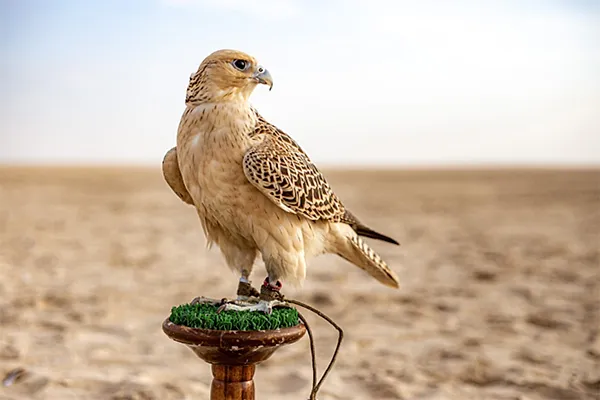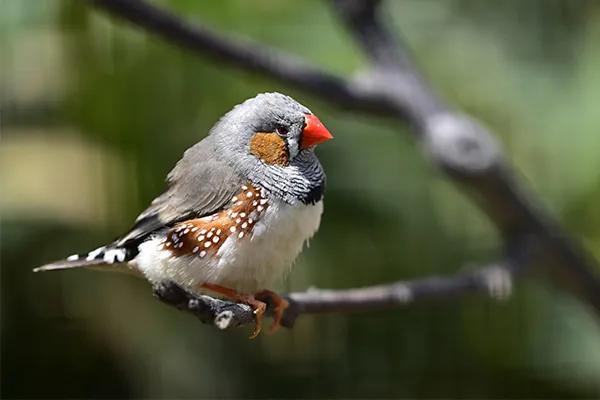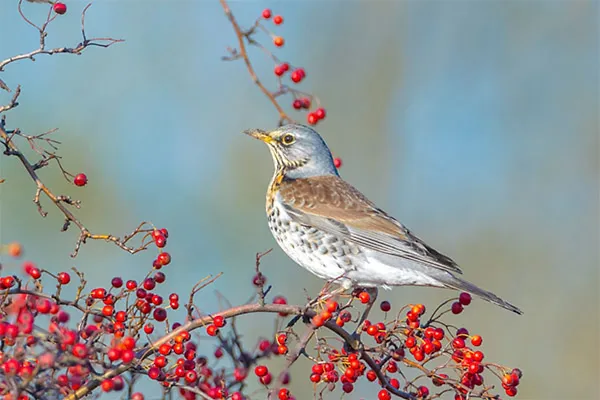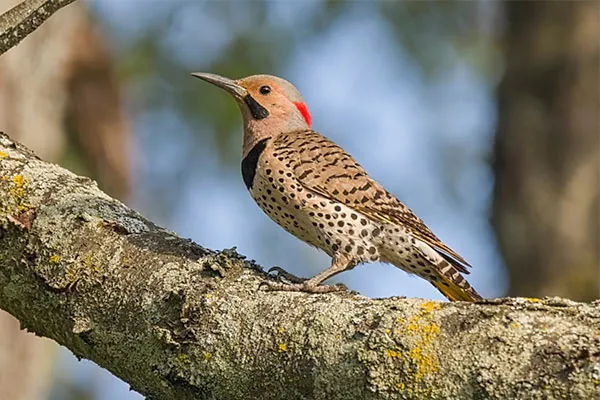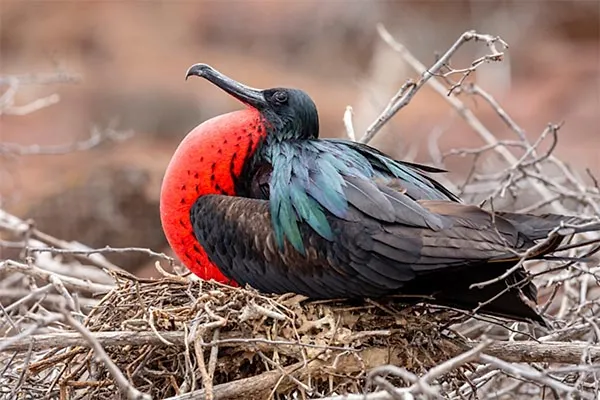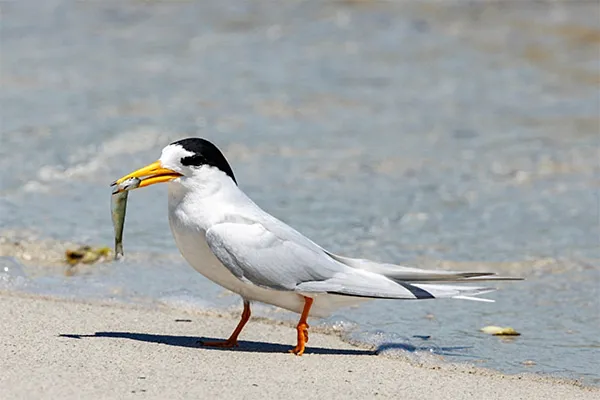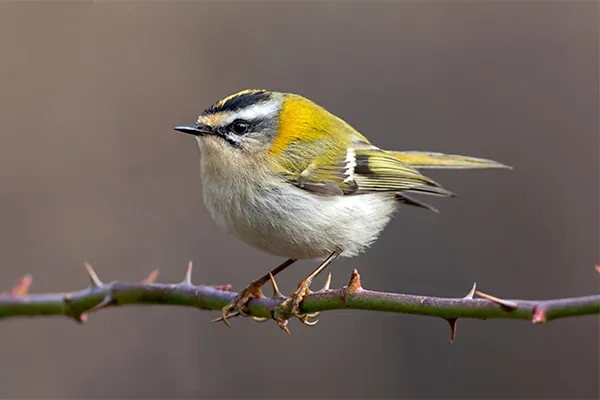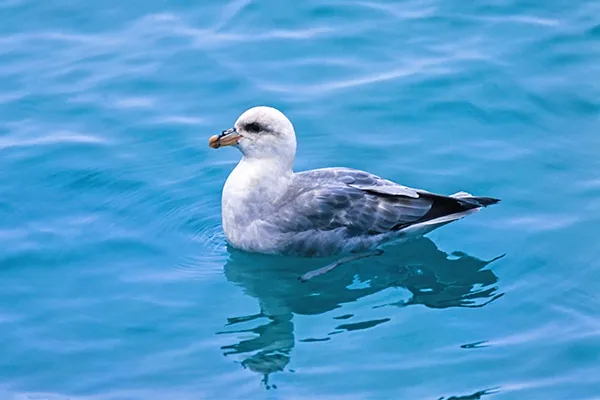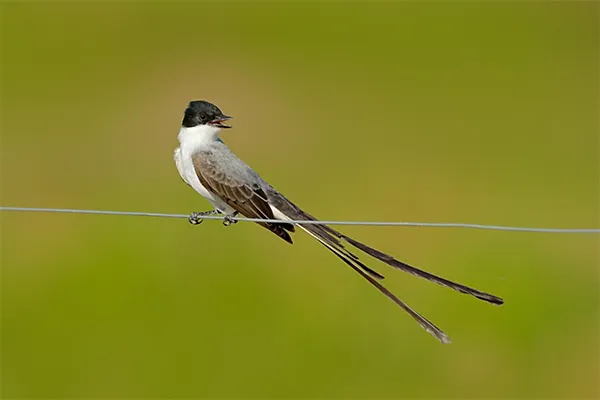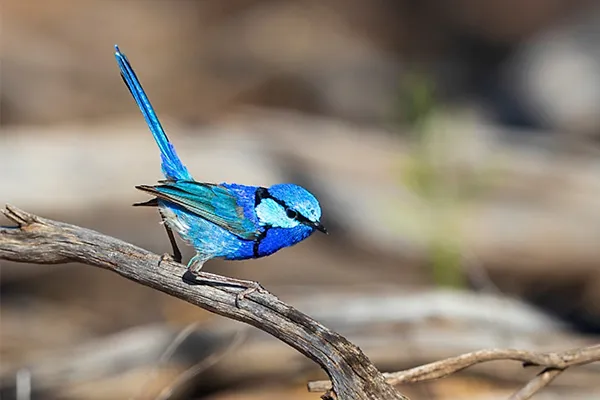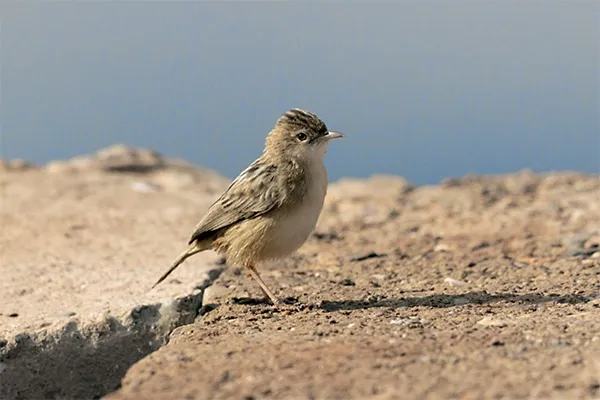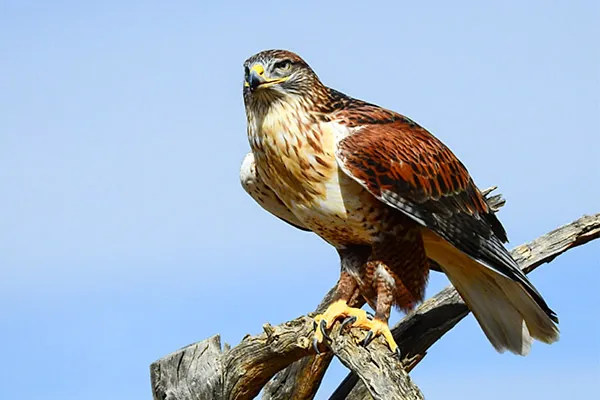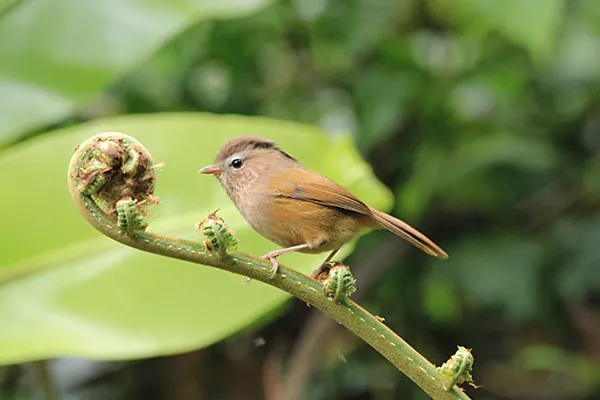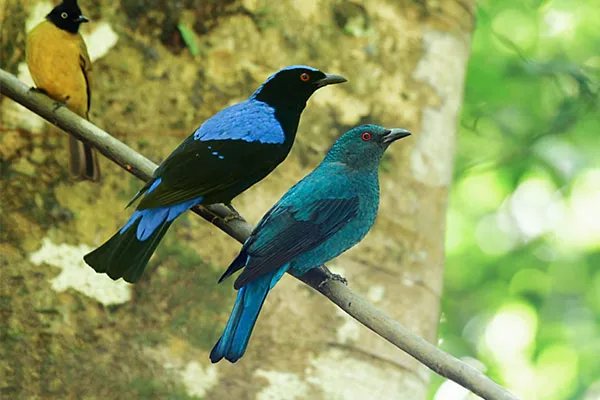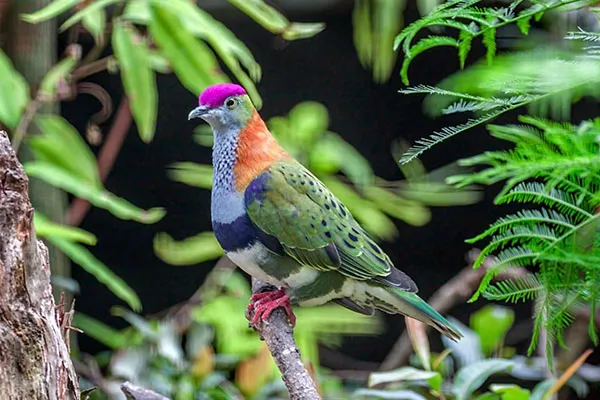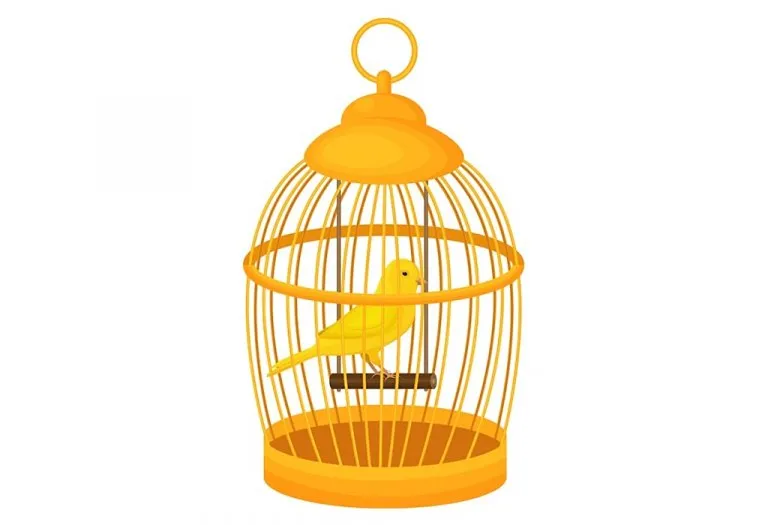List of Birds That Start With F
Hello, dear readers! Birds have always been a topic of fascination for humans, with their vibrant colours, melodious songs, and graceful flight. When it comes to teaching our young ones about these marvellous creatures, we often turn to the alphabet as a playful medium. If you’ve been searching for bird names that start with the letter F, you’re in the right place. Perhaps you’re a parent or a teacher aiming to expand the kids’ vocabulary or simply looking for ‘F’ letter bird names for preschoolers and kids. Either way, this guide promises a warm, engaging, and enlightening journey through the world of birds. So, get ready to dive into the world of feathery delights that begin with the letter F!
List of Common Birds That Start With F
Birds beginning with the letter F are both fascinating and diverse. Below is a comprehensive list showcasing a selection of these incredible species. The variety of habitats, appearances, and behaviours of bird names with F is truly impressive.
1. Falcon
Scientific Name: Falco
Where Is It Found: Worldwide, except Antarctica
The Falcon is a raptor known for its incredible speed and precision. With sharp talons and a keen eyesight, they are among the most formidable birds of prey. Their tapered wings and agile bodies allow them to dive at speeds of over 240 mph, making them one of the fastest creatures on Earth.
Interesting Facts:
- Did you know that the Peregrine Falcon, a species of falcon, is considered the fastest bird in the world?
- In urban settings, these birds have been known to nest on skyscrapers, taking advantage of the high vantage points.
2. Finch
Scientific Name: Fringillidae
Where Is It Found: Worldwide
Finches are small to medium-sized birds, often colourful with stout conical bills adapted for eating seeds. Their melodious songs are a treat to the ears, making them popular pets in many regions.
Interesting Facts:
- The diversity among finches inspired Charles Darwin’s theory of evolution. The famous “Darwin’s finches” of the Galápagos Islands have different beak shapes, each adapted to a specific type of food.
3. Fieldfare
Scientific Name: Turdus pilaris
Where Is It Found: Northern Europe and Asia, migrates to Southern Europe in winter
The Fieldfare is a member of the thrush family. It has a grey head, brown back, and a speckled breast. In winter, they often form large flocks and can be spotted feeding on berries and fruits.
Interesting Facts:
- These birds are known to be fiercely protective of their nests. In fact, they often join forces to chase away potential threats, even much larger predators like crows and hawks.
4. Flicker
Scientific Name: Colaptes
Where Is It Found: North and Central America
Flickers are a type of woodpecker known for their spotted plumage and unique behavior of often foraging on the ground, unlike other woodpeckers. Their call is a loud ‘wick-wick-wick’ that can be heard during their courtship rituals.
Interesting Facts:
- Instead of just pecking at trees, flickers love to eat ants and beetles. In fact, ants alone can make up to 45% of their diet!
5. Frigatebird
Scientific Name: Fregata
Where Is It Found: Tropical and subtropical coasts
With a strikingly large wingspan and a deeply forked tail, Frigatebirds are often seen soaring high in the sky. Male frigatebirds have a distinctive red gular pouch, which they inflate to attract females during the breeding season.
Interesting Facts:
- Despite being seabirds, Frigatebirds avoid entering the water. Instead, they are known for their kleptoparasitism behaviour – they often steal food from other birds in mid-air!
6. Fairy Tern
Scientific Name: Gygis alba
Where Is It Found: Tropical and subtropical regions of the Pacific and Indian Oceans
The Fairy Tern is a small, graceful bird characterised by its all-white plumage, black eyes, and sharp beak. Often seen hovering over the water, they dive swiftly to catch small fish. Their ethereal beauty and delicate features truly make them the ‘fairies’ of the bird realm.
Interesting Facts:
- Unlike many birds, Fairy Terns don’t build nests. Instead, they lay their eggs on bare branches or in a small crevice, relying on their camouflage for protection.
7. Firecrest
Scientific Name: Regulus ignicapilla
Where Is It Found: Europe and North Africa
One of the smallest birds in Europe, the Firecrest has vibrant green upperparts, a striking black eye stripe, and a bright orange crest. Its rapid, flitting movements make it a delight to watch, especially as it searches for insects among tree branches.
Interesting Facts:
- The song of the Firecrest is a high-pitched repeated series of notes, so high that it’s sometimes hard for human ears to pick up!
8. Fulmar
Scientific Name: Fulmarus glacialis
Where Is It Found: Northern Atlantic and Pacific Oceans
The Fulmar bears a resemblance to the gull but is a stouter with a thick neck. These birds are exceptional fliers and spend most of their lives at sea. They possess a unique tube nose, which aids in excreting salt and sensing the environment.
Interesting Facts:
- When threatened, Fulmars can spit a foul-smelling oil as a defence mechanism. This oil is produced in their stomachs and can deter most predators.
9. Fork-tailed Flycatcher
Scientific Name: Tyrannus savana
Where Is It Found: The Americas, from the central United States south to Argentina
Recognized by its exceptionally long, forked tail, this flycatcher has a predominantly black crown, a grey chest, and a white underside. It’s often seen sallying forth from perches to catch airborne insects.
Interesting Facts:
- The tail of the male Fork-tailed Flycatcher is almost double the length of its body, making its aerial displays during courtship a breathtaking spectacle.
10. Fairywren
Scientific Name: Malurus
Where Is It Found: Australia and Papua New Guinea
These tiny, vibrant birds, often with brilliant blue plumage in males, are active and incessantly on the move. Their flitting and hopping behaviour while foraging makes them a joy to observe.
Interesting Facts:
- The Superb Fairywren, a species of this genus, exhibits a fascinating behaviour: during courtship, the male often presents brightly coloured flower petals to the female!
11. Fan-tailed Warbler
Scientific Name: Euthlypis lachrymosa
Where Is It Found: Central Mexico to Honduras
Sporting a lovely shade of olive green on the upper parts and a yellowish hue underneath, the Fan-tailed Warbler is particularly known for its broad, fan-shaped tail. Its song is a series of melodious notes, a delightful serenade in its native habitat.
Interesting Facts:
- Though they mostly feed on insects, Fan-tailed Warblers are also known to snack on berries, showcasing their versatile diet.
12. Ferruginous Hawk
Scientific Name: Buteo regalis
Where Is It Found: North America, particularly in the open landscapes of the western regions
The largest hawk in North America, the Ferruginous Hawk, has a regal appearance with its rusty hue and broad wings. Predominantly a hunter of mammals, it often scans the ground from a perch or circles high in the sky.
Interesting Facts:
- Its name “Ferruginous” comes from the Latin word “ferrugo” meaning rust, aptly describing its rust-colored plumage.
13. Fulvetta
Scientific Name: Alcippe
Where Is It Found: South Asia, particularly in the forests of the Himalayas
A small, sparrow-sized bird, the Fulvetta, has a brownish-grey plumage with distinctive streaks. It’s a sociable bird, often found foraging in mixed-species flocks.
Interesting Facts:
- Fulvettas are known for their vocal nature. They have a wide repertoire of songs, which they use to communicate within their groups.
14. Fairy-bluebird
Scientific Name: Irena puella and Irena cyanogaster
Where Is It Found: Forests of South and Southeast Asia
True to their name, Fairy-bluebirds dazzle with their iridescent blue and black colours. They have a melodic call and are often seen in pairs or small groups, foraging in the treetops.
Interesting Facts:
- The diet of the Fairy-bluebird predominantly consists of fruits. Their bright coloration is believed to be a result of their fruit-rich diet.
15. Fruit Dove
Scientific Name: Ptilinopus
Where Is It Found: Islands of Southeast Asia and Oceania
Characterized by their vibrant and diverse colours, Fruit Doves are a sight to behold. They are relatively small but are stocky and have short tails. Their diet, as their name suggests, primarily consists of fruit.
Interesting Facts:
- Unlike many birds, Fruit Doves have a surprisingly quiet demeanour. Their calls are soft and can be easily missed if one isn’t paying attention.
Other Birds Beginning With F
The avian world is vast, and our journey through birds starting with the letter F doesn’t end just yet. While we’ve delved deep into some of the more common species, there are many other captivating birds whose name starts with the letter F. Here’s a quick list to feed your curiosity:
- Falcated Duck
- Fairy Gerygone
- Fan-tailed Cuckoo
- Fan-tailed Raven
- Field Sparrow
- Fisher’s Lovebird
- Flame Robin
- Flappet Lark
- Flavescent Bulbul
- Flores Scops Owl
- Forest Buzzard
- Forsten’s Lorikeet
- Freckled Duck
- Fawn-breasted Tanager
- Fox Sparrow
- Franklin’s Gull
- Fiji Goshawk
- Flame-breasted Sunbird
- Fulvous Owl
- Fulvous Whistling Duck
- Furrowed Wood Turtle
- Fairy Prion
- Florida Scrub-Jay
- Forest Canary
- Fork-tailed Storm Petrel
- Forest Rock Thrush
- Freckle-breasted Woodpecker
- Fluted Whistler
- Flores Hawk-Eagle
- Forest Honeyeater
- Flores Monarch
- Forest Falcon
- Fulvous-breasted Woodpecker
- Frilled Monarch
- Foothill Elaenia
- Forest Elaenia
- Fiji White-eye
- Flowerpecker
- Flat-billed Vireo
- Flycatcher
- Fuertes’s Parrot
- Fork-tailed Sunbird
- Flame-fronted Barbet
- Fiji Woodswallow
- Fiery-browed Myna
- Flores Green Pigeon
- Freckled Nightjar
- Friendly Fantail
- Fiji Bush Warbler
FAQs
1. How many bird species start with the letter F?
While the exact number varies depending on the source and region, there are over a hundred bird species worldwide that start with the letter F.
2. Are Flamingos the most famous bird beginning with an ‘F’?
Yes, Flamingos are arguably the most well-recognized and iconic birds that start with the letter F, especially due to their unique pink colour and social nature.
3. Do all Finches have the same beak shape?
No, the shape of a Finch’s beak varies among species and is adapted to their primary diet, which was notably observed in Darwin’s studies on the Galápagos Islands.
4. Is the Falcon the fastest bird in the world?
Yes, the Peregrine Falcon, a species of falcon, holds the title for the fastest bird, capable of diving speeds over 240 mph.
5. Why are Fairywrens so brightly coloured?
The bright colouration of male Fairywrens is primarily for attracting females during the breeding season. The vivid colours signal good health and genetic fitness.
As we close our exploration into the world of birds beginning with the letter F, it’s evident that nature’s tapestry is rich with diversity, colour, and stories. Whether you’re an avid birdwatcher or simply curious, the skies above us always promise a world of wonder and discovery.
Birds Names That Begin With (A to Z)
| A | B | C | D | E | F | G | H | I |
| J | K | L | M | N | O | P | Q | R |
| S | T | U | V | W | X | Y | Z |
Was This Article Helpful?
Parenting is a huge responsibility, for you as a caregiver, but also for us as a parenting content platform. We understand that and take our responsibility of creating credible content seriously. FirstCry Parenting articles are written and published only after extensive research using factually sound references to deliver quality content that is accurate, validated by experts, and completely reliable. To understand how we go about creating content that is credible, read our editorial policy here.





